Everything You Need to Know About Royal Healthcare
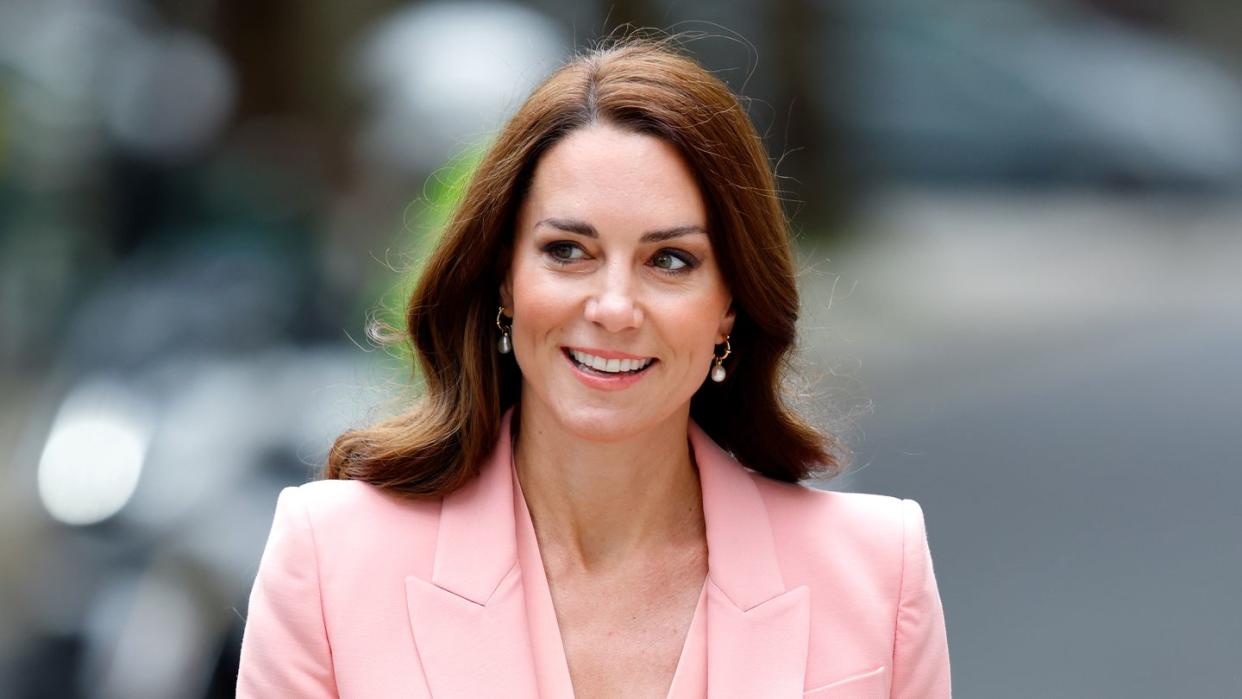
In light of Kate Middleton's cancer diagnosis, we're resharing this story on royal healthcare, and the royal family's doctors.
With the barrage of recent announcements about royal health, the spotlight is now firmly on what happens when royals become ill. From what this means for their working timetables to how and when their staff update the public, the wheels are in motion for dealing with this (thankfully not usual) set of circumstances. And one aspect of the situation that people may be curious about is how the royal family’s healthcare system works. We take a look at some key points.
Do the British royal family use the NHS?
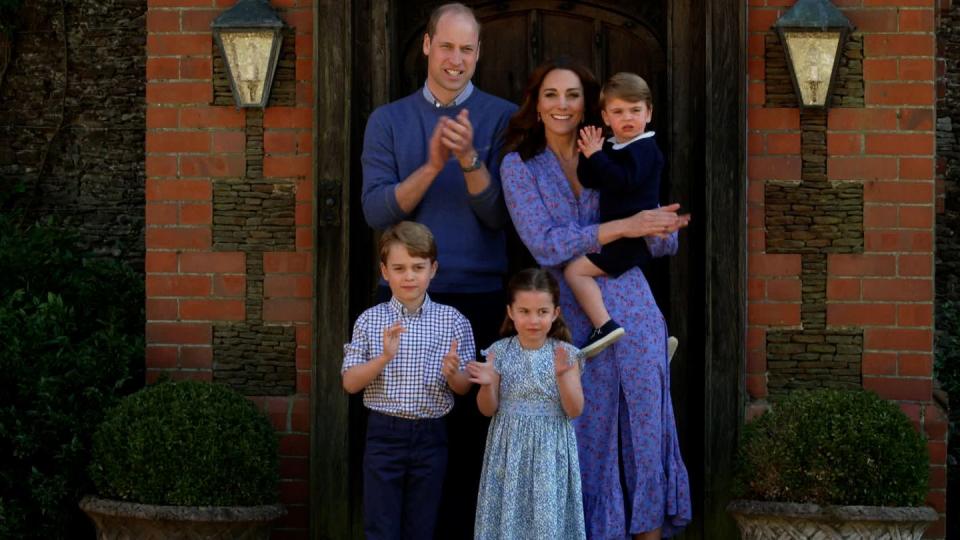
Royal family members are continuous champions of the UK’s National Health Service, but do they actually use it themselves? In short, the answer is not usually, but that’s not the snub some might initially interpret it as being.
When members of the royal family access medical care, two of the top considerations are their privacy and security. However, if they need to go into a hospital, how their presence might disrupt other patients and care systems is also a factor. Private hospitals are usually smaller with more private rooms, making all the considerations above much easier to manage.
However, NHS Hospitals are usually bigger and often have more facilities, and so the royals have accessed them when necessary. Not long before his death in 2021, Prince Philip was transferred to London’s St Bartholomew’s Hospital, which is run by Barts Health NHS Trust, for observation for an existing heart condition. When he needed an emergency heart procedure in 2011, this was carried out at the NHS Papworth Hospital in Cambridge. Prince Harry’s hernia operation when he was three years old was carried out at the Great Ormond Street Hospital for Sick Children, an NHS Trust. And Princess Margaret had her 1985 lung operation in the specialist NHS heart and lung centre at the Royal Brompton Hospital.
Royal family members have also frequently accessed private wings in NHS Hospitals. Princess Anne, Princess Diana, and Kate Middleton had their children at the private Lindo Wing of the NHS St Mary’s Hospital, Paddington.
Which private hospitals do the royals favor?
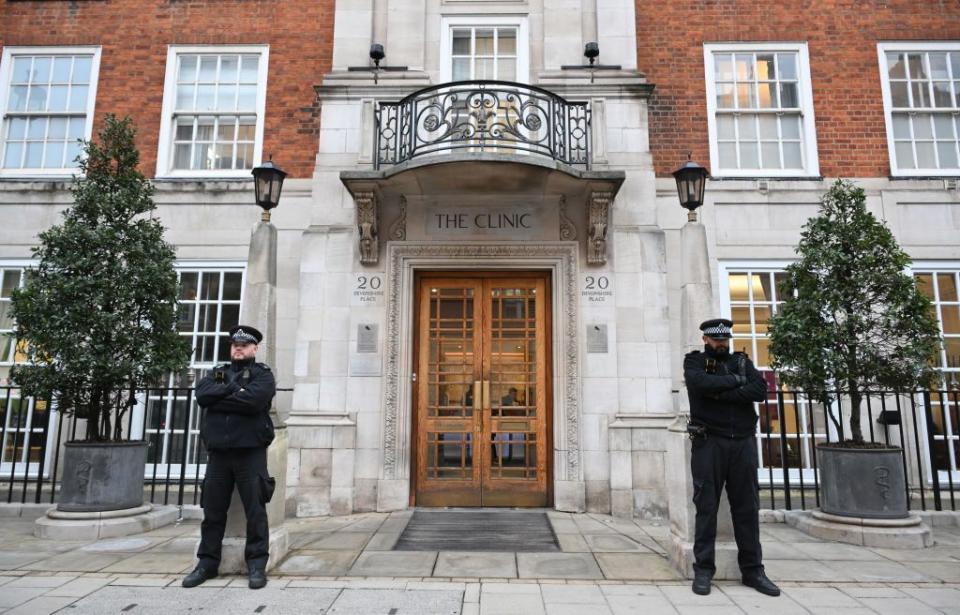
The hospital currently under the spotlight is The London Clinic where the Princess of Wales is recovering from her abdominal surgery. It is also where Prince Philip had his abdominal surgery in 2013. However, the most commonly-used London hospital by the royals is King Edward VII in Marylebone. This is where Prince Philip had his hip replacement in 2018, where Camilla had her 2007 hysterectomy and where Queen Elizabeth had her 2003 knee operation. Kate was admitted to the King Edward VII Hospital during her first pregnancy in 2012 when she was struck with severe morning sickness.
Who looks after the Sovereign’s health?
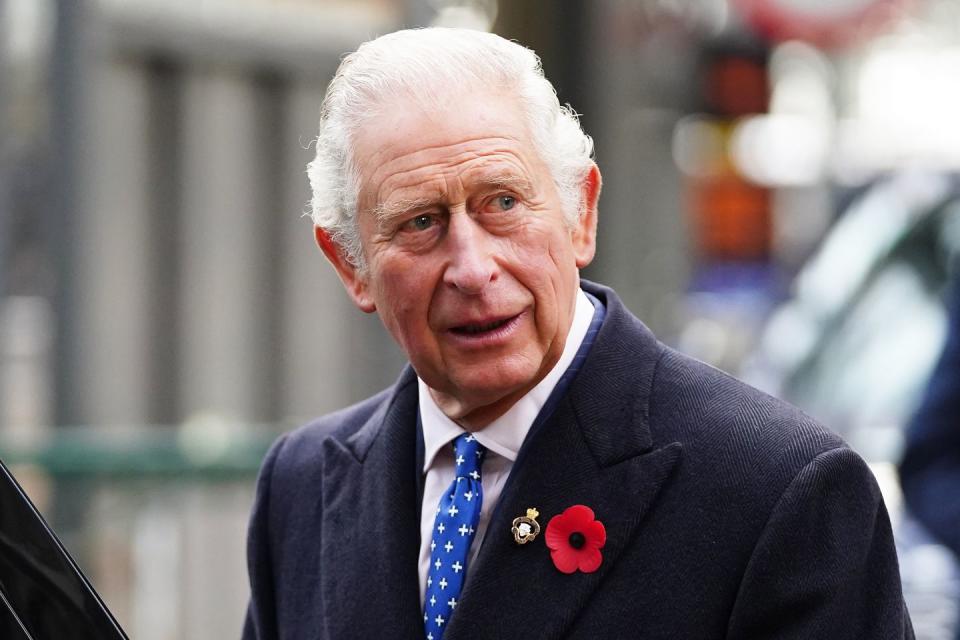
The Royal Medical Household is a department in the Royal Household which retains the medical professionals who look after the Sovereign and royal family. Family members can consult other physicians should they wish, but the Medical Household are the key physicians who are used. It’s not their full-time job—they are professionals at the top of their fields who also usually work across the NHS and privately. Unlike other departments in the Royal Household, the Medical Household is not listed on the royal website and details of it are not outlined publicly.
The team has included specialists in different areas including general practice, gynecology and orthopedic surgery, however the numbers or details of current appointments for the King have not been publicly announced or listed by Buckingham Palace. A physician would usually accompany the Sovereign on their overseas tours.
Are the doctors who care for the royal family usually named publicly?
Often the medical professionals who care for the royal family have been named publicly, but that is not always the case. The last Physician to Queen Elizabeth and Head of the Medical Household was Sir Huw Thomas, who she knighted in 2021. When she had knee surgeries in 2003, her orthopedic surgeon who performed the operation was named, along with those who assisted him. However, in the last decade of his life when he was hospitalized several times, no details were ever released of the people operating on or caring for Prince Philip.
When Kate gave birth to heir to the throne Prince George in 2013, her medical team of two royal gynecologists was never announced by the Palace but it was widely reported. A decade later, Sir Marcus Setchell told the Telegraph about the birth, “I think what I tried to do at Prince George’s birth was to keep reminding myself that actually this is just another baby with parents who are likely to be having all the same emotions and pains and discomforts as all the people I look after.”
It was reported last year that King Charles has appointed homeopath enthusiast Dr Michael Dixon as Head of his Medical Household, but Buckingham Palace said that he is not also the King’s Physician. The Palace said today that they did not plan to make the physician’s name, or any other appointments to the Medical Household, public.
What about family members who are not working royals?
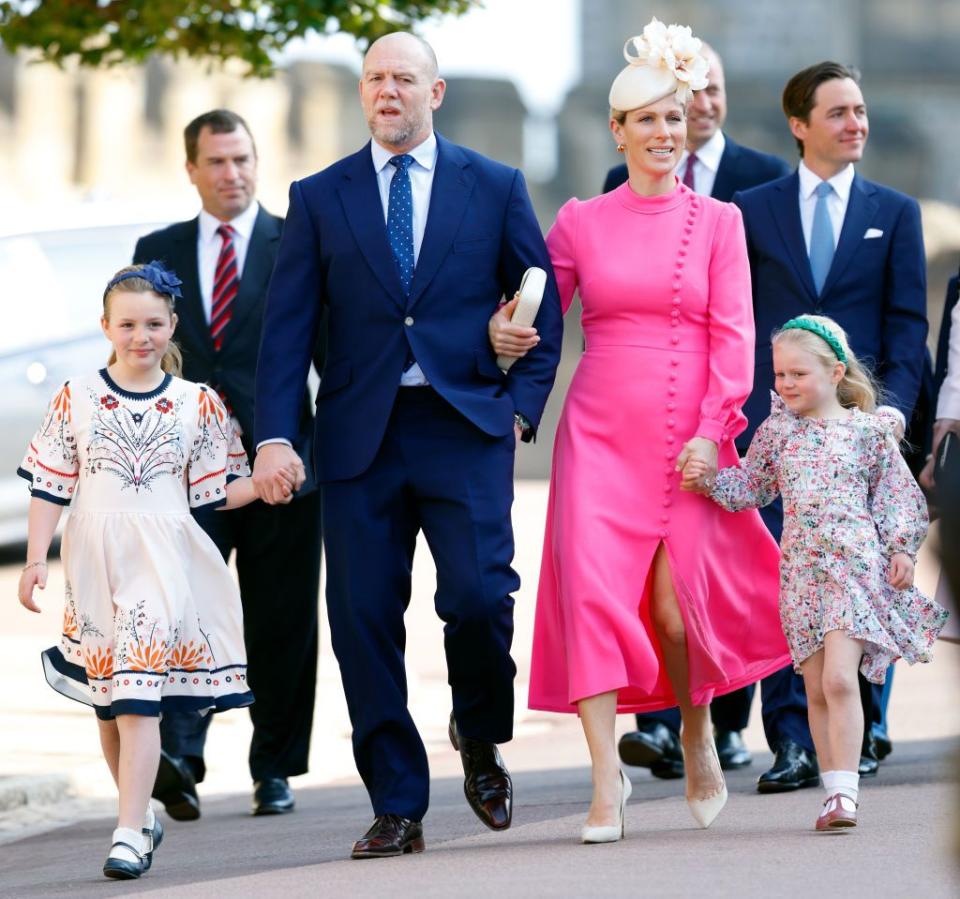
Family members who are not working royals make their own healthcare arrangements. However, along with any member of the public who has the funds or private insurance to do so, they can hire the same medics as the royal household if they are available. Princess Beatrice gave birth to her daughter Sienna at the Chelsea and Westminster Hospital, which has a private wing, while her sister Princess Eugenie chose the private Portland Hospital for the births of her two sons August and Ernest. Zara Tindall had her first two children, Mia and Lena, at NHS facilities in Gloucestershire before her third child Lucas was unexpectedly born at home.
You Might Also Like


